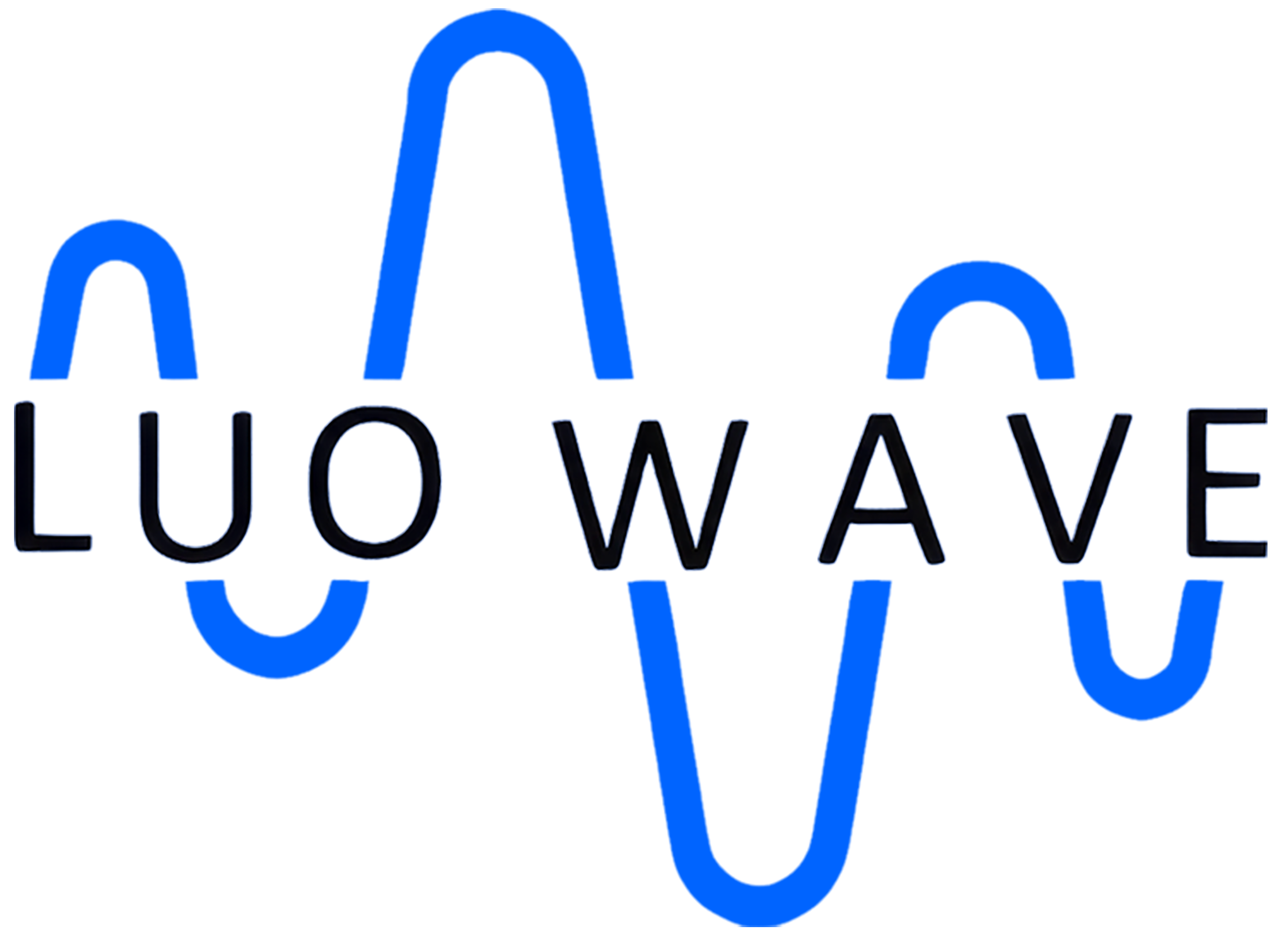16ch Synchronous Acquisition System Based on LUOWAVE USRP-LW N321 SDR
With the advancement of wireless communications, radar detection, and electronic reconnaissance technologies, the demand for multi-channel synchronous signal acquisition has become increasingly critical. LUOWAVE has developed a high-precision 16-channel synchronous signal acquisition system based on eight USRP-LW N321 devices. This system enables parallel acquisition and precise time-frequency alignment, supporting key applications such as spatial spectrum direction finding and MIMO systems.
1. System Description
The 16-channel synchronous signal acquisition system is built on LUOWAVE USRP-LW N321 platform, consisting of USRP-LW N321 units, a host controller, a network switch, an OctoClock-LW-G clock source, and a signal generator.
The system employs eight USRP-LW N321 devices (totaling 16 channels), all connected via 10G fiber optics to the switch and synchronized by an OctoClock-LW-G clock source. A signal generator provides the local oscillator (LO) signal, which is distributed via a power splitter to ensure phase coherence better than 1° across all channels. A host server with 100G fiber connectivity enables real-time monitoring and data acquisition, delivering high-precision synchronized signal data for advanced research applications such as high-accuracy spatial spectrum direction finding and MIMO transceiver system design.
2. System Components
(1) Programmable SDR (USRP-LW N321)
The USRP-LW N321 serves as the RF front-end, covering a frequency range from 3 MHz to 6 GHz with up to 200 MHz instantaneous bandwidth per channel. Its high-precision synchronization interfaces, distributed architecture support, and programmable flexibility make it ideal for multi-channel synchronous acquisition systems.
Distributed System Support: Network-based architecture allows scalable deployment, supporting large-scale distributed setups with high reliability and fault tolerance.
High-Precision Synchronization: Supports 10 MHz clock reference and PPS time synchronization, ensuring strict alignment across multiple devices. External TX/RX LO inputs enable multi-channel phase coherence.

(2) Host Controller
A high-performance server equipped with a 100G accelerator card is recommended for real-time baseband signal processing and high-speed data transfer, ensuring robust support for complex system prototyping and theoretical validation. In this system, we use SDR-LW 4940 for host controller.
(3) OctoClock-LW-G Clock Source
Provides 10 MHz and PPS references to synchronize all USRP-LW N321 units, ensuring precise timing and trigger alignment.

(4) Signal Generator
An external LO signal is generated and split into eight paths via a power divider, feeding into the LO inputs of all USRP-LW N321 units to maintain phase synchronization.
(5) Network Switch
Connects the server and eight USRP-LW N321 devices via 10G fiber optics, while the server interfaces through a 100G fiber link for high-throughput data transmission.
3. System Topology & Connections

(1) Clock & PPS Trigger Connections
The OctoClock-LW-G supplies eight 10 MHz clock outputs and eight PPS sync signals. Each USRP-LW N321 connects to:
REF IN: 10 MHz reference input
PPS IN: PPS synchronization input
(2) LO Distribution
A high-stability signal generator feeds an 8-way power splitter, delivering LO signals to all USRP-LW N321 units via equal-length cables to ensure frequency, phase, and time synchronization.
(3) Data Connection
SDR front-end data is transmitted to the server via 10G SFP+ interfaces.
(4) RF Connections
Each USRP-LW N321 supports two RX and two TX channels, connected via RF cables to an antenna array arranged in a specific configuration.
4. Key Specifications
Frequency Range: 3 MHz – 6 GHz (asynchronous), 450 MHz – 6 GHz (synchronous)
Signal Bandwidth: Up to 200 MHz (3 dB), max sampling rate of 250 Msps (configurable as integer submultiples of master clock: 200/245.76/250 MHz)
Channels: Standard 16-channel setup (expandable)
Storage: 64 TB SSD (supports 2-hour recording at 16 ch × 122.88 Msps)
Phase Sync: <1° phase coherence for MIMO and spatial spectrum applications
Visualization: Real-time spectrograms (max hold, average, persistence), waterfall plots
GPSDO: Optional built-in GPS for precise geolocation and timestamping
Data Format: Raw binary IQ files compatible with MATLAB/third-party tools
Playback: Long-duration recording with selective segment replay
5. Signal Acquisition Software Interface

6. Scalability
(1) Channel Expansion
The distributed architecture allows linear scaling by adding more USRP-LW N321 units (e.g., 32 ch with 16 devices), requiring only additional switch ports and clock distribution units.
(2) SDR Upgrades
The system supports alternative SDRs (e.g., LUOWAVE new 8-ch coherent radio LW820) for wider bandwidths, multi-band operation, lower noise, or higher dynamic range.
